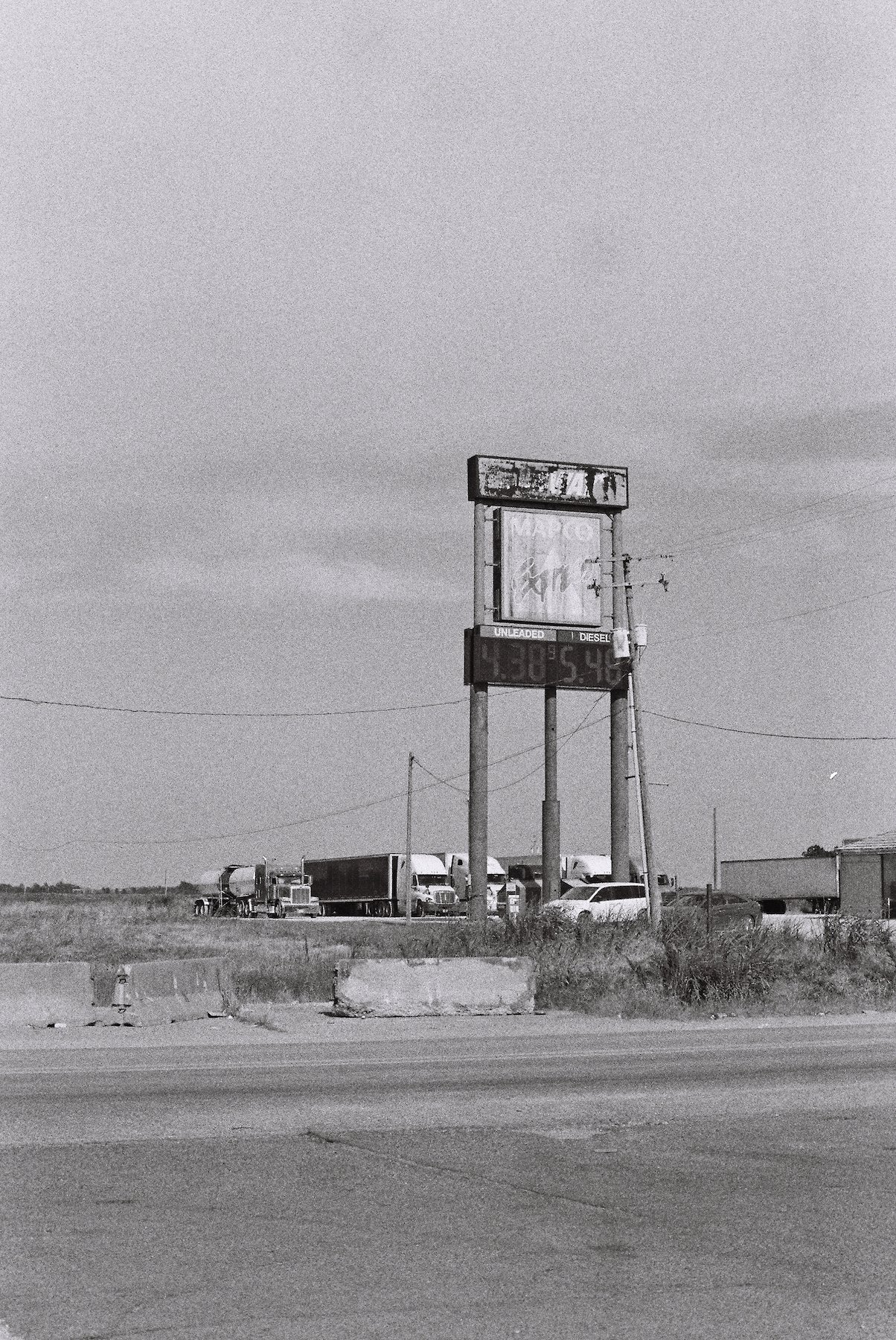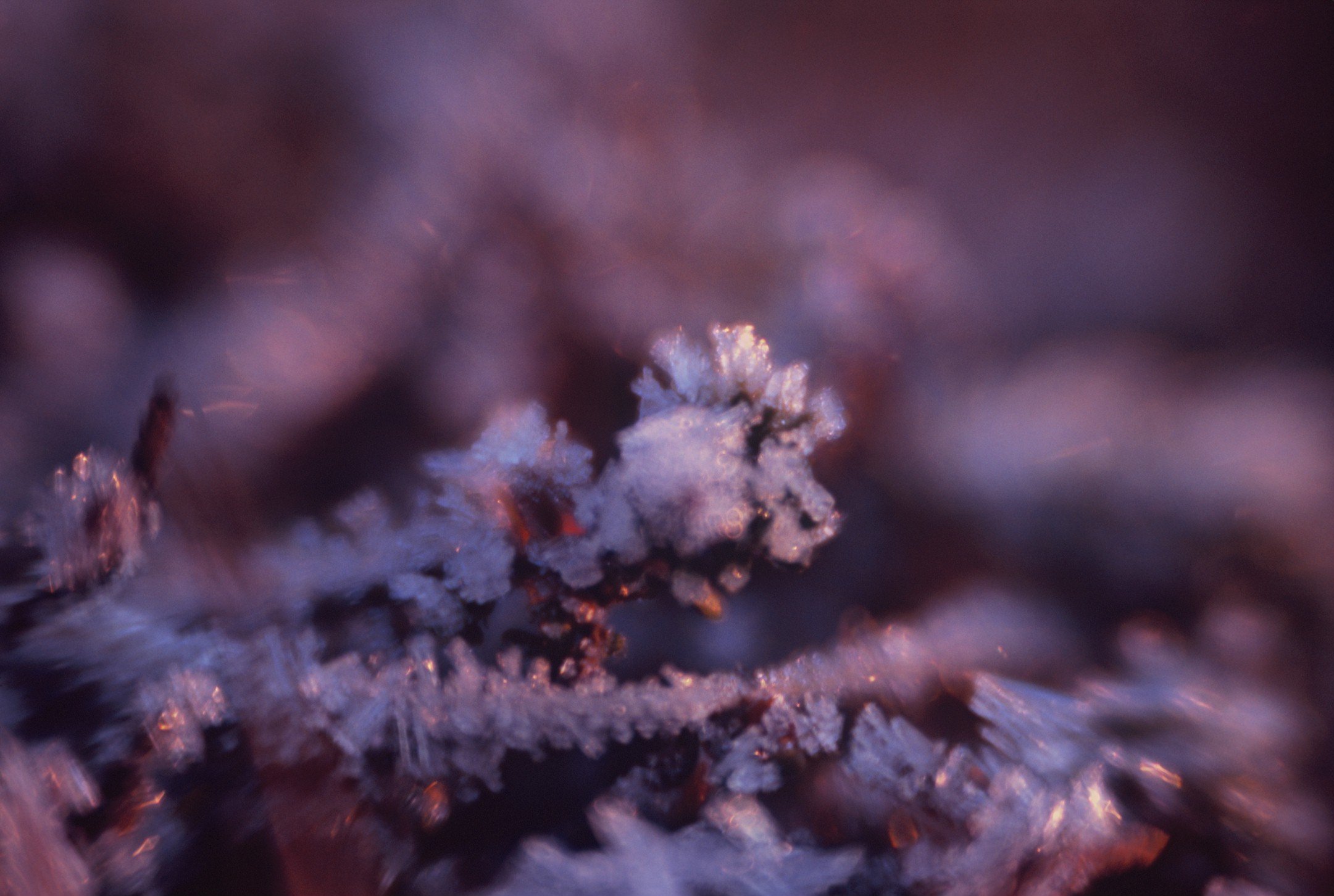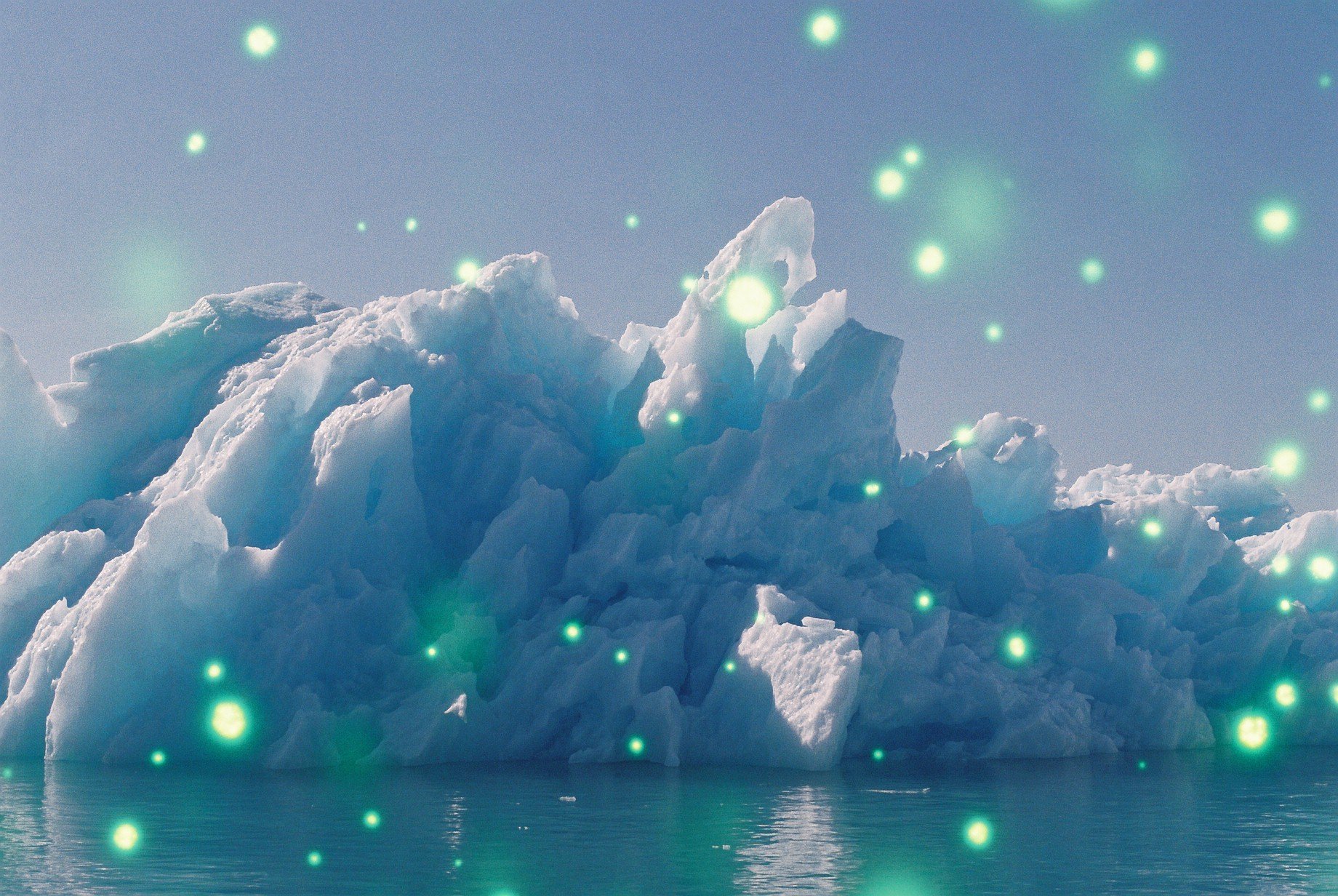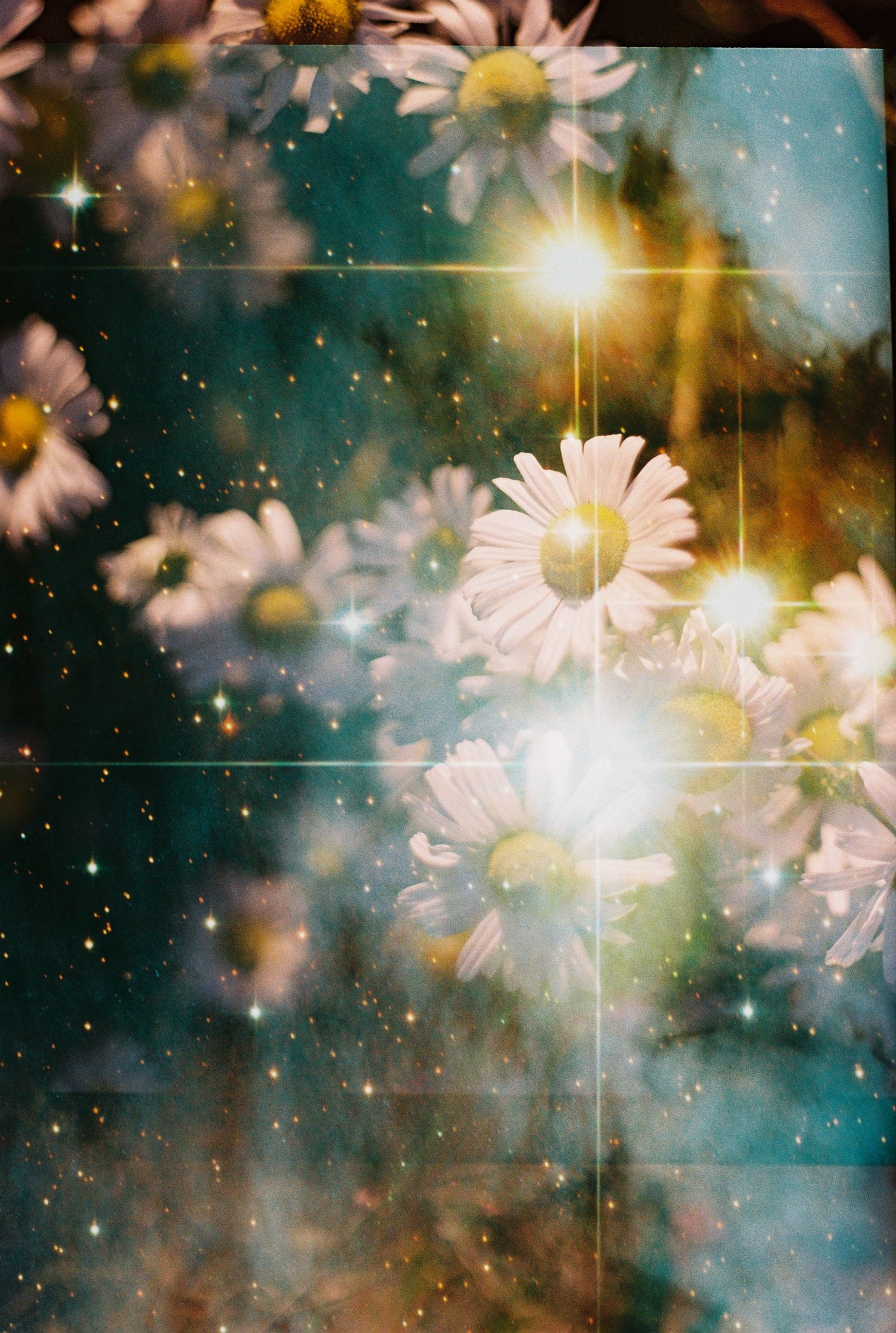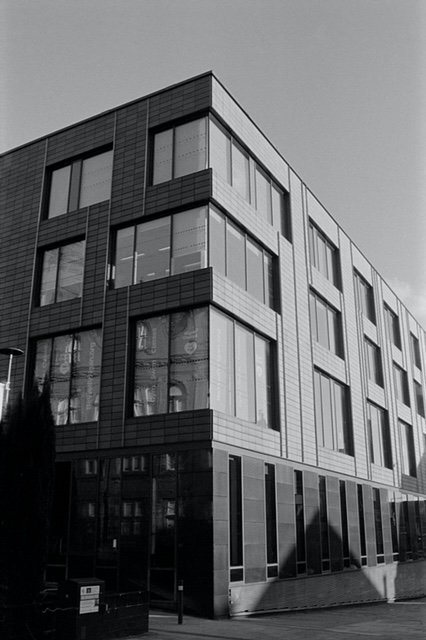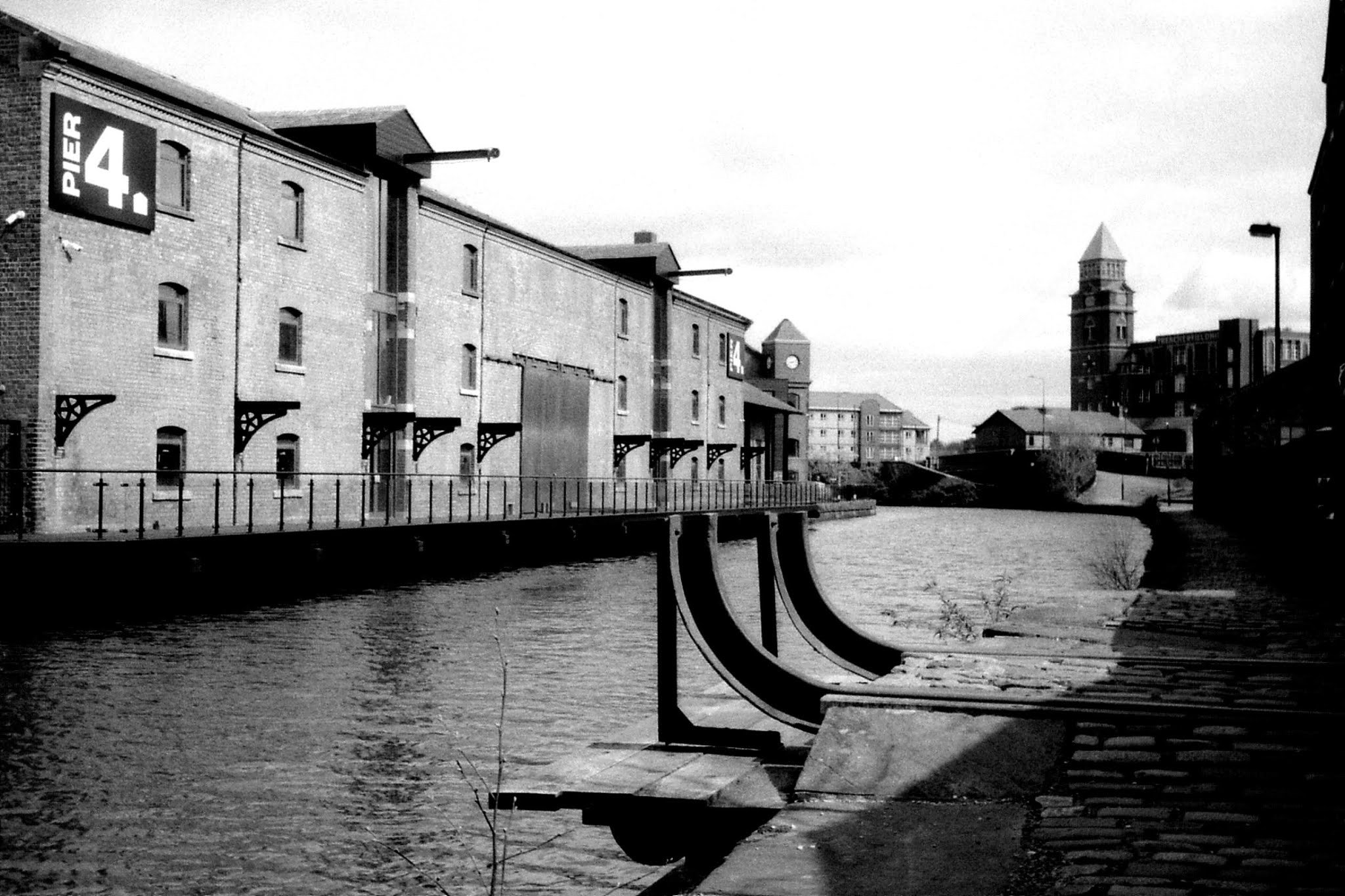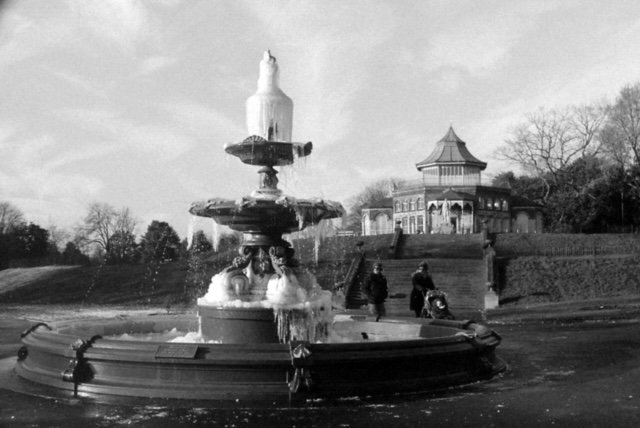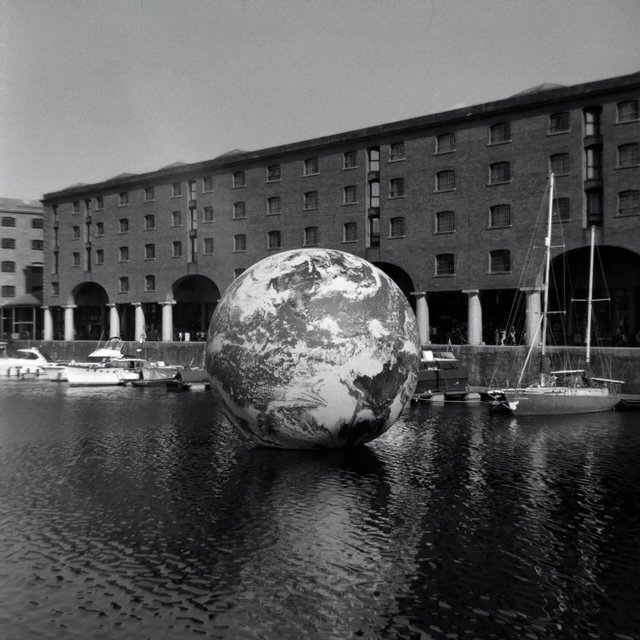Country backroads have long been a place of peace and comfort for me, from the age of 13 when I would ride my bicycle down the turnrows of the cotton fields, to current day when I find myself taking the long way home after a stressful day. I always find a soothing solitude along these lonely roads.
I grew up in west Texas, and often found myself yearning to head to New Mexico. There's some magic in finding that you're the only car for miles, surrounded by the glory of the desert.
Somewhere in Texas | Olympus om1 | 50mm | Leah Curtis
Billy Henry's 'Untitled' feels like we've already arrived somewhere out west, and I can't help but wonder who used that gas pump for the final time. What is it about quiet, isolated places that evoke a yearning in me? It's a release from the digital busy-ness and constant demands of my daily life.
Untitled | Pentax 645nii | SMC Pentax fa 1 4.5 45-85mm | Billy Henry
And we continue on down the road, windows down, music up, hand waving slowly in the wind with the freedom to let go of anything we left behind.
New Mexico | Olympus om1 | gzuiko 35 | Paul O'Neill
Just An Open Road | Minolta SRT100b | Rokkor 50mm | Tiziana Venturi
Sometimes, the only way to find clarity is to get in the car and drive. No destination in mind, just the journey.
Speeding | Pentax k1000 50mm f2 | Rachael Machnee
Moonlit Dirt Road | Canon AE1 35mm | Destry Rose
Because even during the hard times, the long hours when you can't seem to find the answers, there's always rest to be found down a solitary back road.
Uphill | Voigtlander Superb TLR | Hank Beckmeyer
Waiting for spring | Rolleiflex 2.8e Xenotar 80mm f2.8 |Jess Hobbs
Since there's no specific destination, I promise it's never time wasted.
Dead End | Hasselblad 503cx Zeiss 80mm 2.8 | Kodak TriX 400 | Michael Hertz
Connect
Film photographer and back road enthusiast Jen Brimmage is based in Texas. Connect with her on her instagram.

